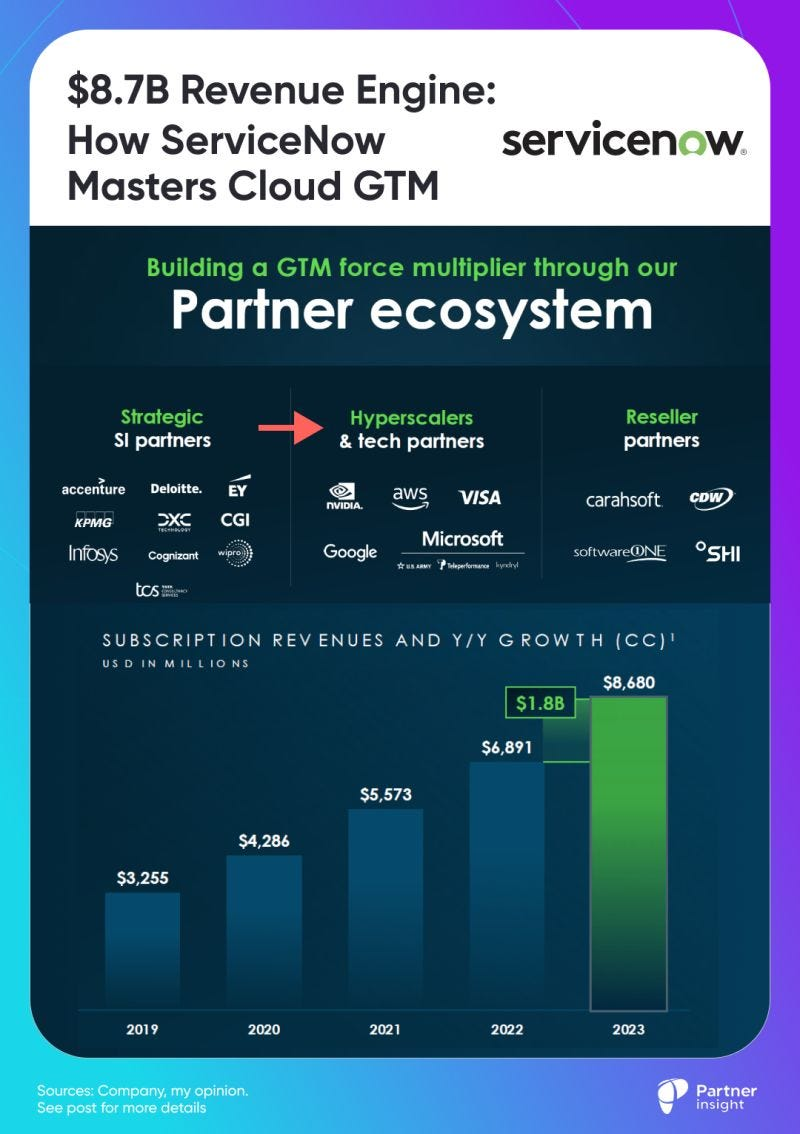Unlocking Capital Efficiency with Partnerships
- karan4331
- Aug 15, 2024
- 3 min read
Capital efficiency is now 'non-negotiable' when evaluating the Go-To-Market strategy of enterprise SaaS (post product-market-fit). Uncertain times only highlight this - and it's where partnerships can play an undeniably significant role.
EY's research amongst the top 30 public B2B SaaS companies ($0.5b+ ARR) reveals a stark correlation between capital efficiency and resilience against value erosion in 2022.
The distinction along the burn multiple (= Net Burn / Net New ARR) is particularly insightful - companies with a high burn multiple (>1X) faced much steeper valuation declines, even with robust revenue growth.
In contrast, companies excelling in capital efficiency (with a modest ARR growth of 20% to 30% and a burn multiple <1) weathered the storm better. They boasted higher valuation multiples of ~8x (against an industry median of ~6.5x), and their valuations dipped modestly by 25%, compared to the average industry drop of 50-70%. (image source)
________________________________________
So how can partnerships supercharge capital efficiency?
According to a survey of 800 executives by EY, ecosystem business models can drive a 12.9% reduction in costs and generate an extra 13.3% in earnings. In other words, partnerships are not just a "nice to have"—they're a "must-have".
In fact, 2/3 of companies with high-performing ecosystems reported higher efficiency, lower costs, and other benefits from partnerships:
65% increased efficiency and reduced cost
56% improved new customer acquisition
47% accelerated product-to-market
________________________________________
Partnerships help to escape “hell’s flywheel.”
a16z, a top-tier VC firm, aptly referred to partnerships as a way of “escaping hell’s flywheel.” Partnerships provide non-inflationary distribution for consumer companies, helping them evade the typical 'taxes' of Facebook, Instagram, Google, and Apple.
In B2B SaaS, partnerships are more crucial than ever, shortening sales cycles, enhancing conversion rates, and driving new pipeline growth. As Sarah Wang, a general partner at a16z, succinctly puts it, "That is a need to have, not a nice to have, especially in this environment. The flip side is that if you're not doing that, I think there is some danger."
Sarah's process of evaluating two companies illustrates this point:
Company A, at $100M ARR with plans to reach $200M, has a 50% partner-generated pipeline.
Company B, at $5M ARR aiming to grow to $15M, has a purely sales-generated pipeline.
When assessing these companies, the a16z investment team found themselves more inclined to bet on Company A. Despite its already substantial size, its consistent partner-generated pipeline added a level of predictability and stability to its growth prospects.
Sarah further explained, "That team [at Company A] could literally go to sleep for a year and come back, and they'd be at $200M ARR. We feel very confident about that.”
________________________________________
Focus on flywheel and ecosystem instead of growth
Accel, the prominent VC firm that invested in many SaaS jewels, from Atlassian to Crowdstrike, recently reminded us that many of the world's best SaaS companies didn't grow at lightning speeds.
Accel emphasizes that, rather than fixating on growth rate, it's crucial to think about flywheels and build the ecosystem. I've elaborated on this here.
They caution that growth can be “juiced (through paid marketing or one-off deals that are hard to replicate), and it can be a false positive (aided by a frothy economic environment, selling to other tech companies flush with VC cash, etc)."
Interestingly, most iconic SaaS companies that Accel invested in were profitable or broke even.
These companies also typically have high-performing partnership programs. For instance, check out my breakdown of partnerships strategies of Atlassian and Crowdstrike.
________________________________________
Partnerships play an essential role in the evolution of a scaling company
Lastly, BCG underlines the essential role partnerships play in the evolution of a scaling company. They caution against a 'growth-at-all-costs' mentality that can sidetrack businesses from strategic decision-making.
Instead, they advocate for leveraging partnerships to bolster positioning, reach, and value propositions. Here's a takeaway from their insights for the scaling companies:
“Externally, software companies need to refine their pricing strategy and build alliances and partnerships to improve their positioning, reach, and value propositions.
Internally, companies have to redesign their operating models across the product and go-to-market organizations.”
_____
📈 Accelerate your Growth in Cloud Marketplaces
Transform your marketplace strategy with first-hand insights from Cloud GTM leaders in our 5-week cohort course. Learn in a community of great alliance leaders. Join 100+ alums from companies like GitLab, Darktrace, IDC and others.




Comments